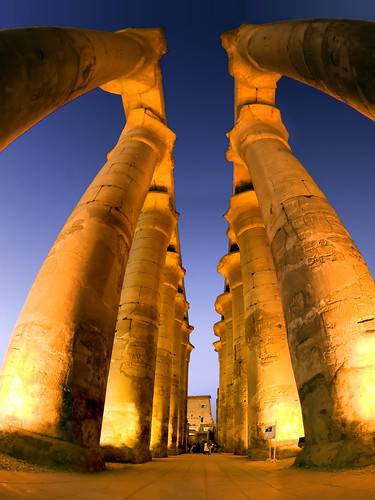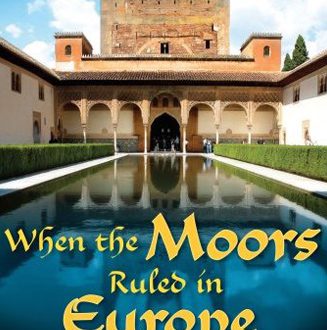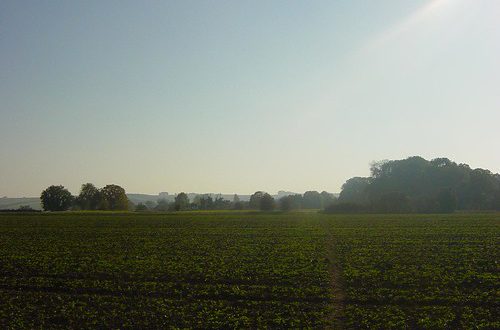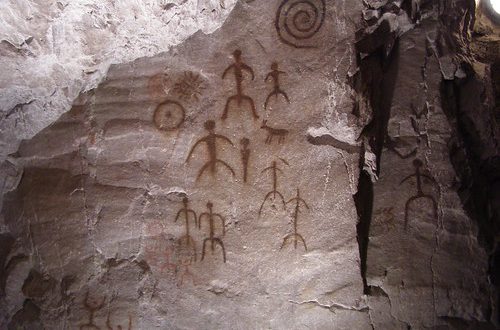 Today, Zahi Hawass and Egypt’s Supreme Council of Antiquities are celebrating the completion of five major projects in the city of Luxor, which have totalled of 127 million Egyptian Pounds (13.9 million). They include work to restore and develop the famous ancient sites of Luxor Temple and Deir el-BahriTemple of Queen Hatshepsut, as well as the more recent attractions of Abul Hagag El-Loxori Mosque and Howard Carter‘s rest house. The 1286-built Abul Hagag Mosque had been in need of restoration, as its walls and foundations were beginning to crack and take water under the strains of time. Now, after 14 months’ work, Dr Hawass and his team are confident the grand building is back to its 723-year best – including the renovation of its water fountain and the addition of fire alarms. In two moves which Dr Hawass hopes will pre-empt renovation work at the Giza necropolis, the entrance around Luxor Temple, and the area surrounding Deir el-Bahri Temple have both been updated to deter unlincenced vendors from operating around the magnificent monuments.
Today, Zahi Hawass and Egypt’s Supreme Council of Antiquities are celebrating the completion of five major projects in the city of Luxor, which have totalled of 127 million Egyptian Pounds (13.9 million). They include work to restore and develop the famous ancient sites of Luxor Temple and Deir el-BahriTemple of Queen Hatshepsut, as well as the more recent attractions of Abul Hagag El-Loxori Mosque and Howard Carter‘s rest house. The 1286-built Abul Hagag Mosque had been in need of restoration, as its walls and foundations were beginning to crack and take water under the strains of time. Now, after 14 months’ work, Dr Hawass and his team are confident the grand building is back to its 723-year best – including the renovation of its water fountain and the addition of fire alarms. In two moves which Dr Hawass hopes will pre-empt renovation work at the Giza necropolis, the entrance around Luxor Temple, and the area surrounding Deir el-Bahri Temple have both been updated to deter unlincenced vendors from operating around the magnificent monuments.
Deir el-Bahri has also been treated to a ‘safe zone’ guarding it from visitors, visitor’s centre, 52 bazaars and repaved roadways. Howard Carter’s rest house, used by the famous archaeologist during his groundbreaking work at the Valley of the Kings, has been turned into a museum displaying the tools and items used by Carter to discover Tutankhamun’s tomb, among other amazing breakthroughs. It is not currently open, but will be so in the not-too-distant future. Finally, a new lighting system has been installed at the Valley of the Kings itself, which the SCA hopes will enhance the tourist experience at one of Egypt’s most important heritage sites. Only recently the area received another boost, when it was revealed that the stunning tomb of the 18th Dynasty pharaoh Horemheb would reopen to the public.



